Wood Refinishing Restoration and Furniture Upholstery
Wood refinishing and furniture upholstery are two crafts that can breathe new life into old furniture, preserving its history and extending its lifespan. Whether it’s a cherished family heirloom or a thrift store find, these processes can transform the look and feel of wooden furniture and upholstered pieces.
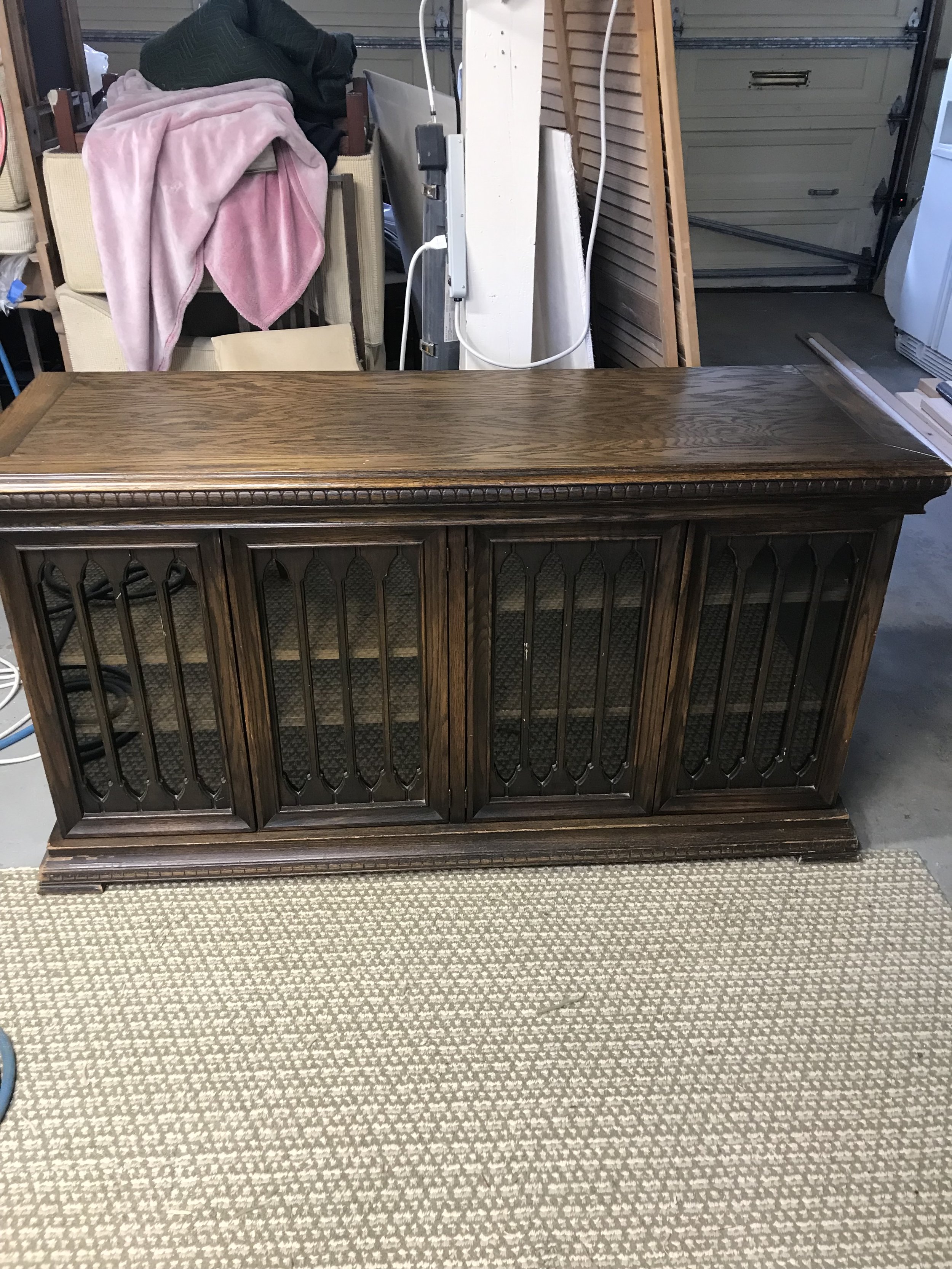



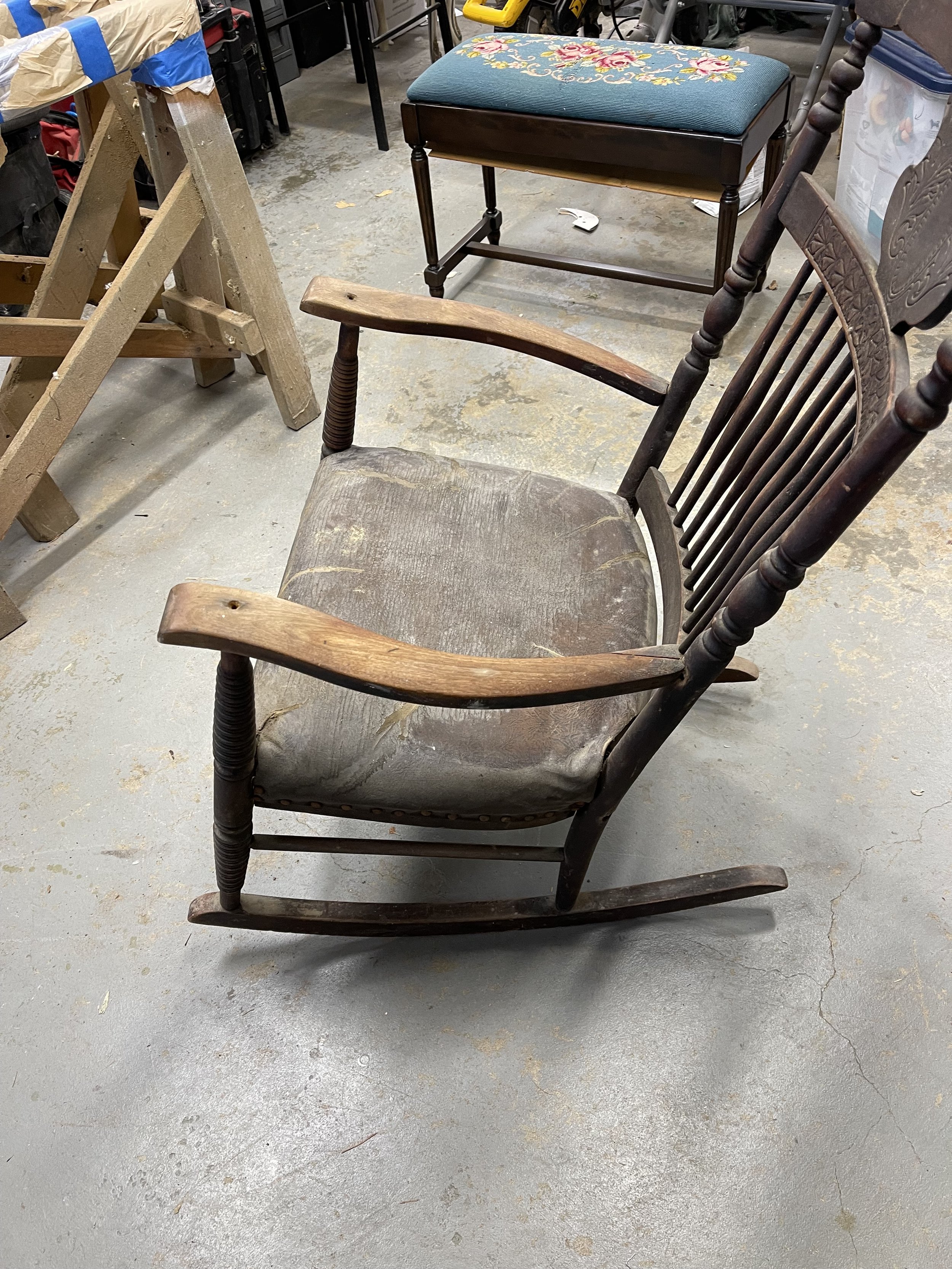
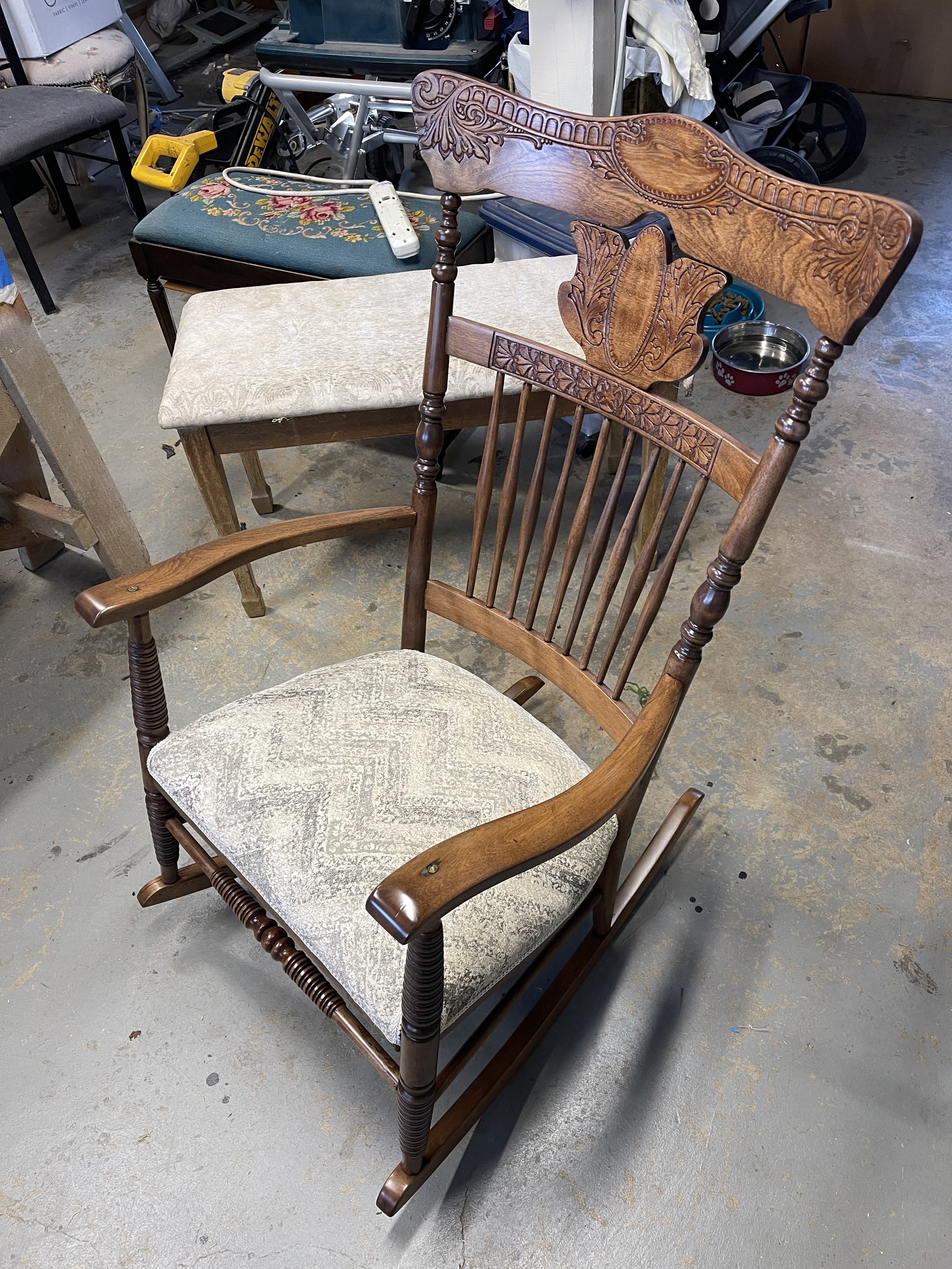
The Art of Wood Refinishing
Wood refinishing is the process of restoring the surface of wooden furniture to its original or better condition. This involves several steps:
Assessment
Before any work begins, it’s crucial to assess the piece of furniture. Look for signs of damage, such as scratches, dents, or watermarks. Determine the type of wood and the current finish, as this will influence the refinishing method.
Cleaning
A thorough cleaning removes dirt and old wax buildup. There are so many different chemical cleaners but I still love the old fashioned SANDING. There is NOTHING BETTER than Sanding.
Repair
Any structural issues, such as loose joints or broken parts, should be repaired. For cosmetic issues like scratches, wood filler or a touch-up marker can be used.
Stripping
If the existing finish is damaged beyond repair, stripping it off may be necessary. This can be done using chemical strippers, sanding, or a combination of both2. As I mentioned before, sanding is the best way, it is harder, more difficult but the wood looks much better after sanding. I do believe that stripping chemicals do destroy the wood.
Sanding
Sanding smooths the wood and prepares it for the new finish. Start with coarse-grit sandpaper and progress to finer grits for a smooth surface.
Staining
If desired, apply a wood stain to enhance the color and grain of the wood. Stains come in various shades, allowing customization to your preference.
Finishing
The final step is applying a finish, such as varnish, lacquer, or oil, to protect the wood and give it a polished look.
The Craft of Furniture Upholstery
Furniture upholstery involves covering furniture with fabric or leather, providing both aesthetic appeal and comfort. The process includes:
Fabric Selection
Choose a fabric that complements the style of the furniture and the room it will inhabit. Consider durability, especially for furniture that will see heavy use.
Removing Old Upholstery
Carefully remove the old fabric, taking note of how it was attached. This will serve as a guide when applying the new material.
Repairing the Frame
Inspect the frame for damage. Tighten any loose joints and repair or replace broken parts.
Replacing Padding
Old padding can break down over time. Replace it with new foam or batting to restore comfort and shape.
Applying New Fabric
Attach the new fabric, starting from the center and working outwards. Use a staple gun for a secure fit, and ensure the fabric is taut and even.
Finishing Touches
Add any decorative elements, such as piping, buttons, or nailhead trim, to complete the look.

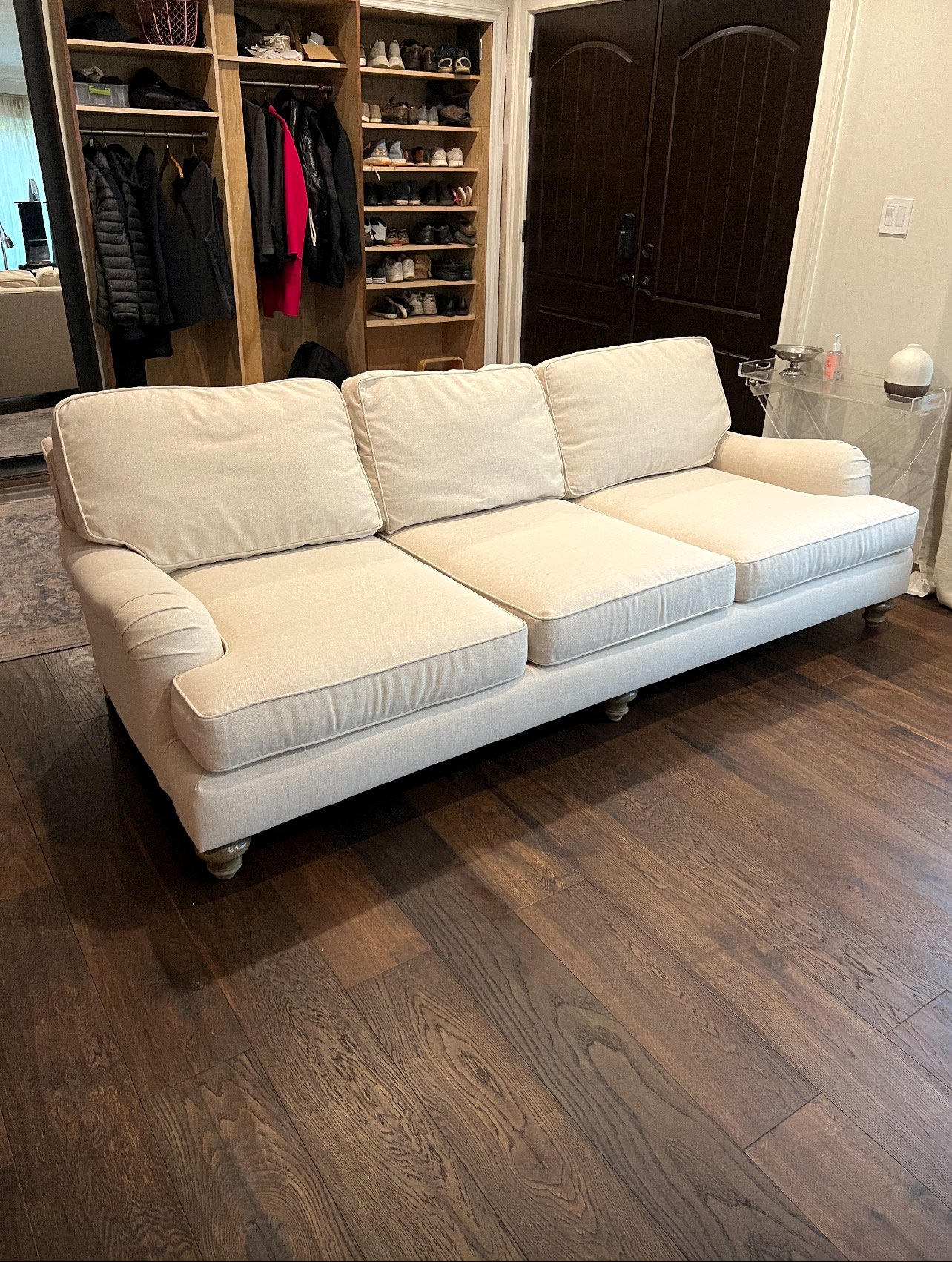
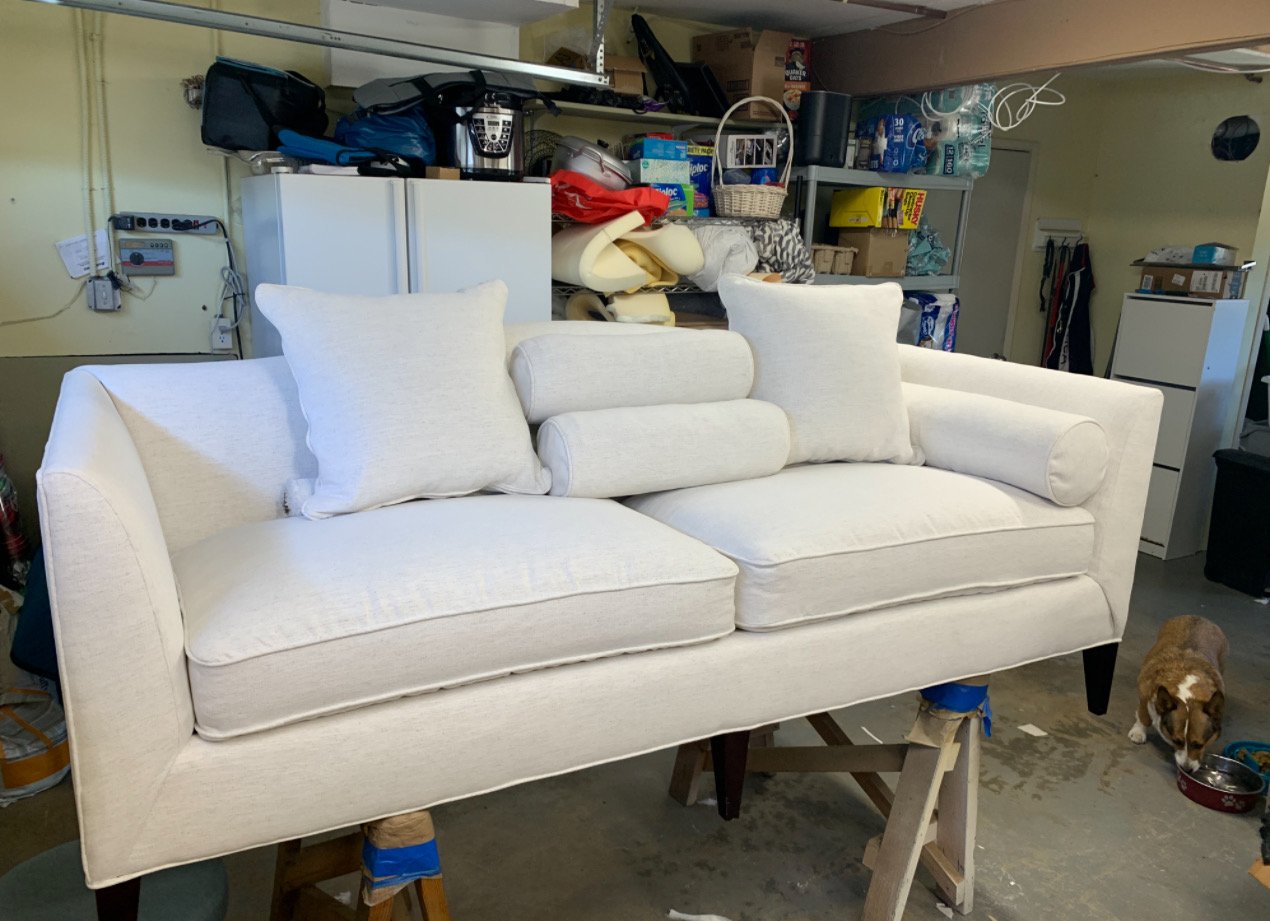
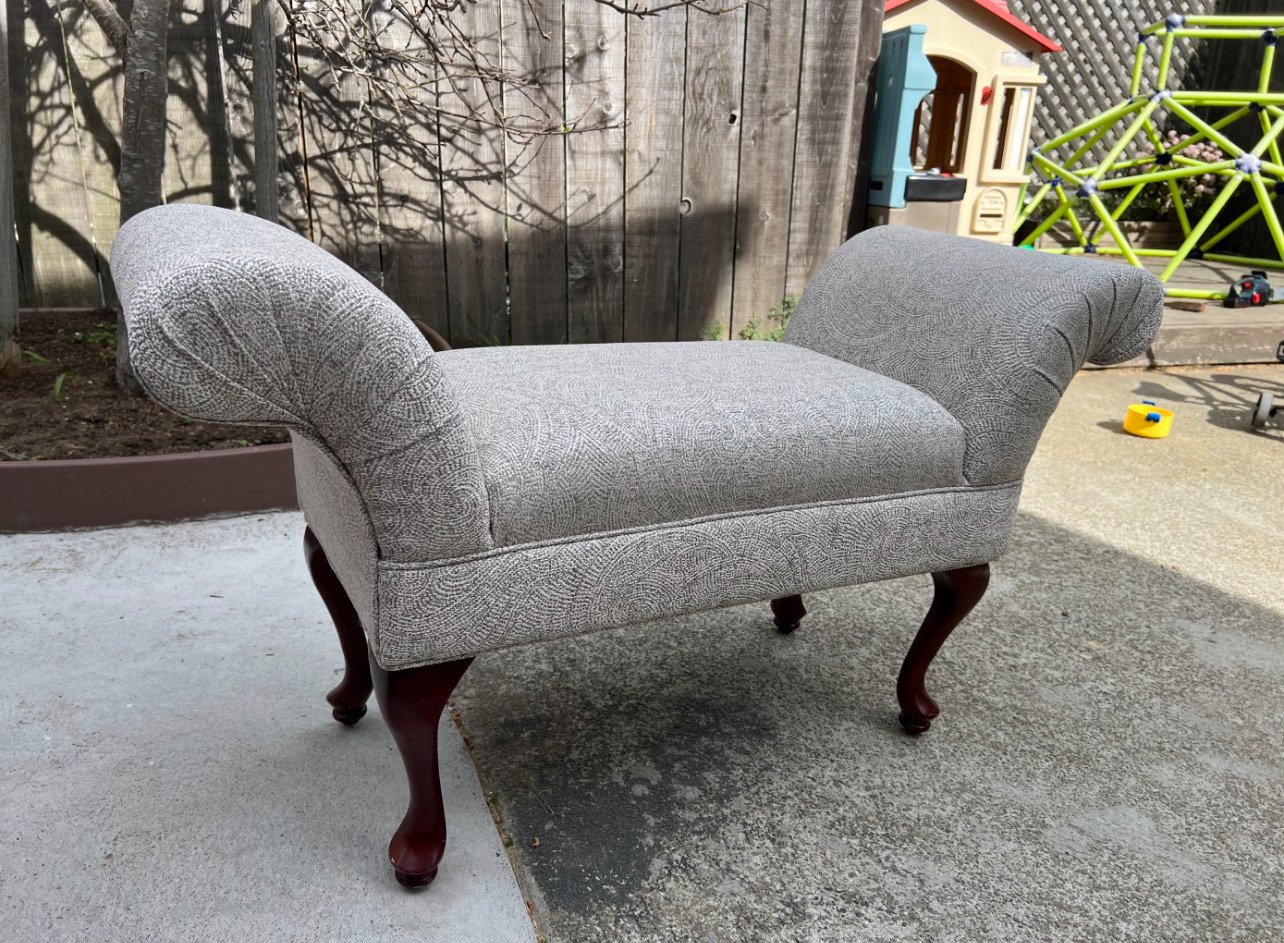
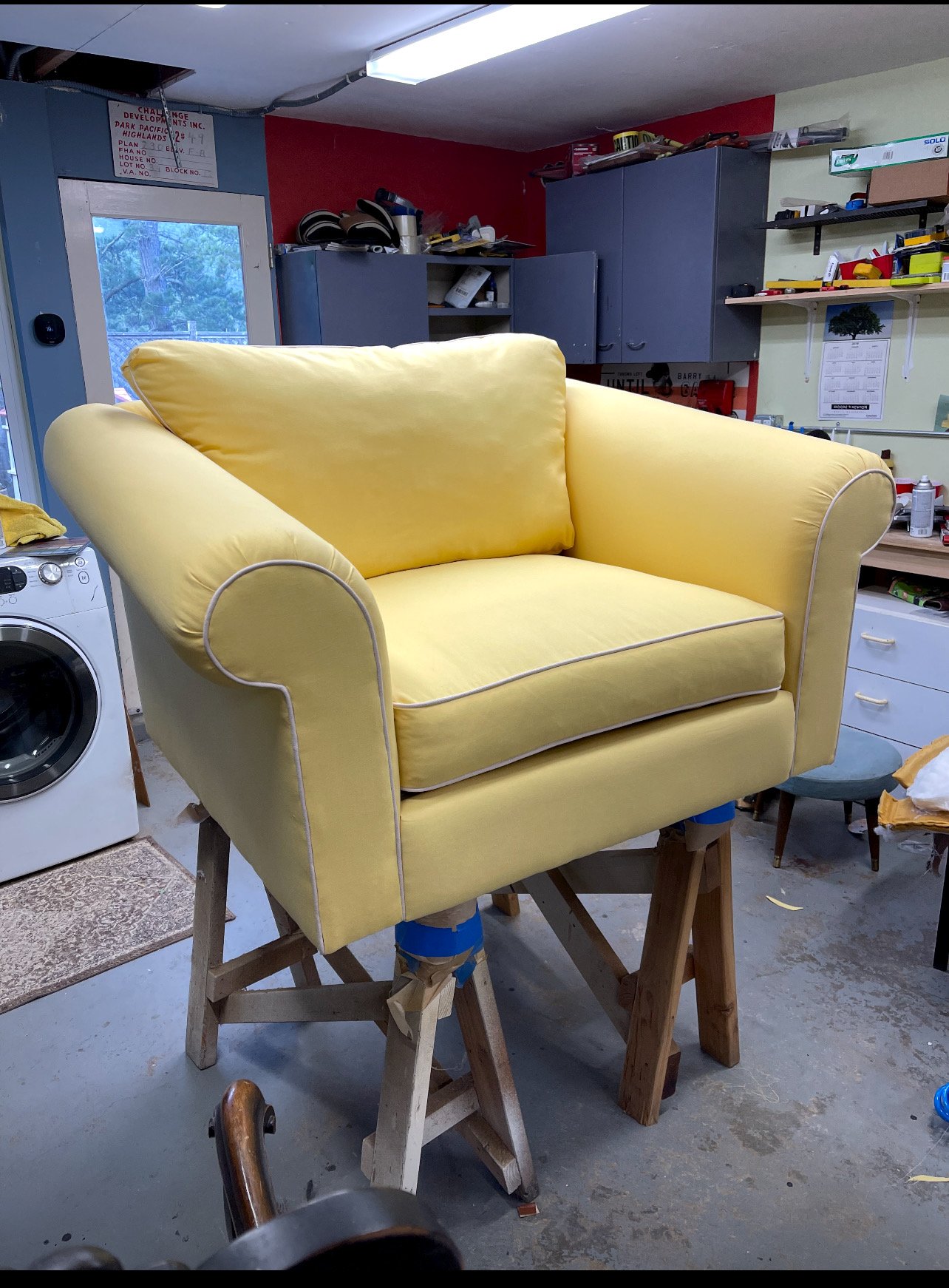
Conclusion
Wood refinishing restoration and furniture upholstery are rewarding processes that not only restore beauty to furniture but also create a sense of continuity and history within a home. With the right tools, techniques, and a bit of patience, anyone can give their furniture a second chance at life.
Certainly! Here’s a comprehensive article on Wood Refinishing Restoration and Furniture Upholstery:
Wood Refinishing Restoration and Furniture Upholstery
Wood refinishing and furniture upholstery are two crafts that can breathe new life into old furniture, preserving its history and extending its lifespan. Whether it’s a cherished family heirloom or a thrift store find, these processes can transform the look and feel of wooden furniture and upholstered pieces.
The Art of Wood Refinishing
Wood refinishing is the process of restoring the surface of wooden furniture to its original or better condition. This involves several steps:
Assessment
Before any work begins, it’s crucial to assess the piece of furniture. Look for signs of damage, such as scratches, dents, or watermarks. Determine the type of wood and the current finish, as this will influence the refinishing method.
Cleaning
A thorough cleaning removes dirt and old wax buildup. Gentle cleaners like mineral spirits can reveal the wood’s condition and help decide the next steps1.
Repair
Any structural issues, such as loose joints or broken parts, should be repaired. For cosmetic issues like scratches, wood filler or a touch-up marker can be used.
Stripping
If the existing finish is damaged beyond repair, stripping it off may be necessary. This can be done using chemical strippers, sanding, or a combination of both2.
Sanding
Sanding smooths the wood and prepares it for the new finish. Start with coarse-grit sandpaper and progress to finer grits for a smooth surface.
Staining
If desired, apply a wood stain to enhance the color and grain of the wood. Stains come in various shades, allowing customization to your preference.
Finishing
The final step is applying a finish, such as varnish, lacquer, or oil, to protect the wood and give it a polished look.
The Craft of Furniture Upholstery
Furniture upholstery involves covering furniture with fabric or leather, providing both aesthetic appeal and comfort. The process includes:
Fabric Selection
Choose a fabric that complements the style of the furniture and the room it will inhabit. Consider durability, especially for furniture that will see heavy use.
Removing Old Upholstery
Carefully remove the old fabric, taking note of how it was attached. This will serve as a guide when applying the new material.
Repairing the Frame
Inspect the frame for damage. Tighten any loose joints and repair or replace broken parts.
Replacing Padding
Old padding can break down over time. Replace it with new foam or batting to restore comfort and shape.
Applying New Fabric
Attach the new fabric, starting from the center and working outwards. Use a staple gun for a secure fit, and ensure the fabric is taut and even.
Finishing Touches
Add any decorative elements, such as piping, buttons, or nailhead trim, to complete the look.
Conclusion
Wood refinishing restoration and furniture upholstery are rewarding processes that not only restore beauty to furniture but also create a sense of continuity and history within a home. With the right tools, techniques, and a bit of patience, anyone can give their furniture a second chance at life.
For those interested in professional services, there are local businesses like MARINAS CRAFTS , which offer expert restoration and upholstery services.
